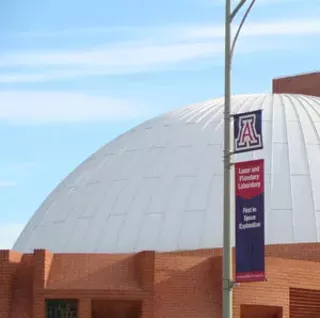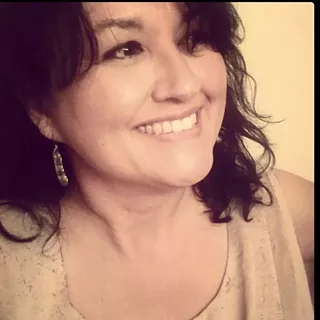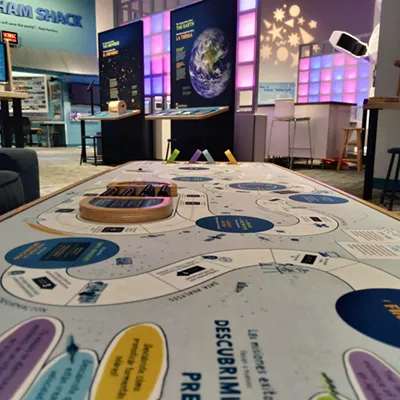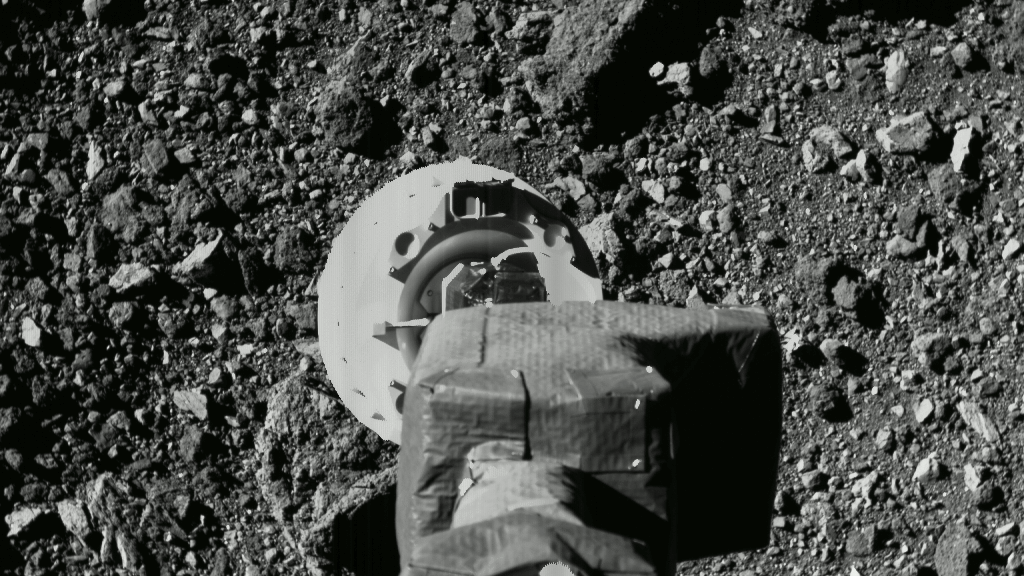For the past three years, Haro--like many other teachers in the Tucson area--has brought his Rose Elementary School students to the UA campus for an annual trek to Flandrau from their school on West Michigan Street.
In early February, the UA announced that due to state budget cuts, Flandrau would close at the end of May. University officials also announced plans to decrease the hours at the Arizona State Museum and UA Museum of Art.
A week later, the news for Flandrau was arguably worse: The UA put on hold its plans to build a new science center/state museum complex as part of Rio Nuevo in downtown Tucson, even though the UA has already spent $13 million on the project.
While UA President Robert Shelton has said the project could start up again next year, no date has been announced. Construction of the new science center was expected to start in 2010, with the center opening in 2012. However, this delay will mean the science center may not open until 2014--if it ever opens at all, which is a possibility, considering that the Legislature is discussing cutting off Rio Nuevo tax-increment-district funding.
Haro says it's hard to imagine that this resource will be gone. For the teacher, it's not all about science; the familiar white dome of the center's planetarium is also a social resource for his students, some of whom rarely leave their neighborhood.
"I really do believe it's also about starting to talk about going to school someday at the UA. The idea of going to college, when you visit, it makes it more real," Haro says.
That Flandrau experience was provided to Haro when he was in school in Nogales, Ariz. Eventually, Haro went to school at the UA, and when he became a teacher 10 years ago, he remembers looking forward to taking his students to Flandrau, too.
"This is usually their first experience going to the planetarium ... any planetarium. Their parents are busy working and don't find the time, so it's really up to us," Haro says.
Of course, Haro's employer, the Tucson Unified School District, is facing its own budget cuts. School buses are no longer a resource Haro can use for field trips due to the cuts, so he and his colleagues take their students on Sun Tran. They ask parents to provide the $2 bus fare, with Haro and other teachers paying for students who can't afford the cost.
"We've used it as an opportunity to teach the kids about their city, how to take the bus (and) what routes will take them to wonderful destinations, like the planetarium or the public library downtown. This summer, they don't have to be stuck in their neighborhood. They can take an older sibling or relative and take the bus," Haro says.
Alexis Faust, executive director of Flandrau, says she understands that teachers and members of the community are disappointed, but that she and her staff remain focused on the new science center, even though plans are on hold.
"It's a little hard right now, but the thing we are most focused on is meeting the commitments to the school groups and the events we have planned until the 31st of May," Faust says.
This spring, 4,000 children from 61 schools are expected to make their way through Flandrau.
Those who have center memberships may request a refund, but Faust says she does not think many people will ask for their money back, considering the membership allows individuals and families free or discounted admission at other science centers, such as the one in Phoenix.
Faust says she and her staff will remain working on the new science center and prototype exhibits. When ready, the public will be allowed to try them out and provide feedback, Faust says.
The Flandrau has about 18 full-time staff members and five part-time staff members, as well as 15 student employees and almost 40 volunteers. Faust says the students will be laid off, but she isn't sure what other layoffs will occur.
However, another part of Flandrau could offer a solution to keep the entire center--or at least a portion of it--open during this crisis.
Flandrau's observatory and telescope is the only free public telescope in the state with a set schedule operated by volunteers. When historic comets are whizzing by, such as the recent Comet Lulin, the telescope is a popular destination for anyone who wants a look.
According to Michael Terenzoni, Flandrau's astronomy coordinator, the center is looking at how volunteers could play a role in keeping the center open--particularly the observatory.
"Volunteers are always needed, but now we need them more in this economic time," Terenzoni says.
But in order for it work, Terenzoni says, he needs high-quality volunteers that can make a commitment to be knowledgeable, willing to learn and show up when needed for a specific period of time.
"The science center is a tremendous resource. If someone wanted to volunteer, the time is now," he says.
Faust confirms that the center and administration are discussing alternatives to totally closing Flandrau, but she says she is unable to fully discuss those options.
"We've certainly heard from the community by phone and e-mail. They want to help, to volunteer, things of that nature. People are concerned, and we appreciate it," Faust says. "This economy has certainly made this is a difficult time for everybody."












